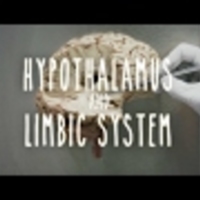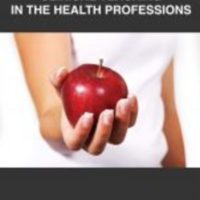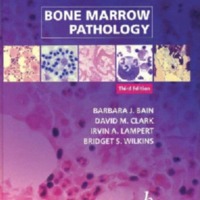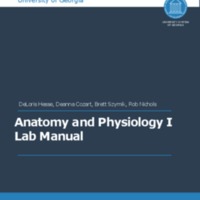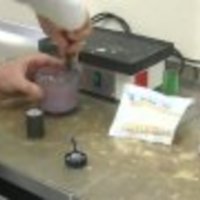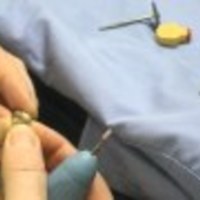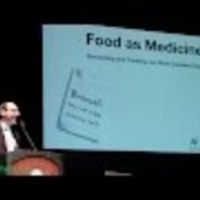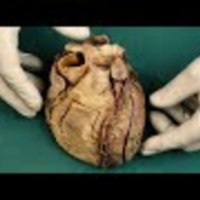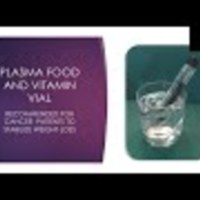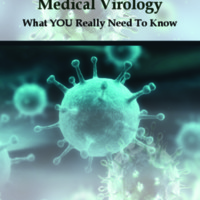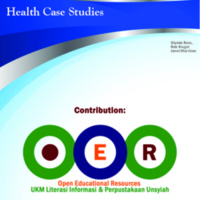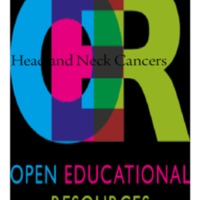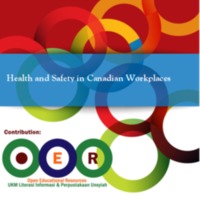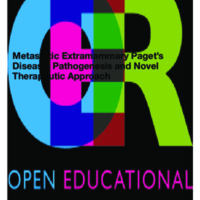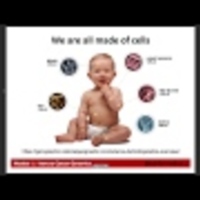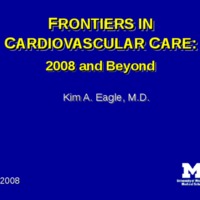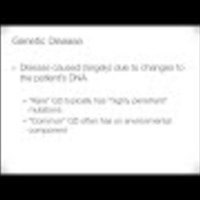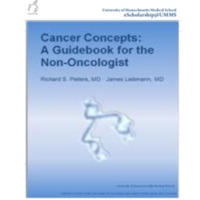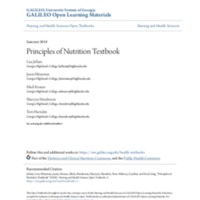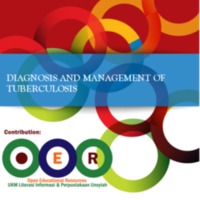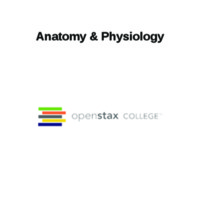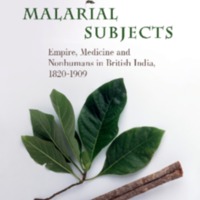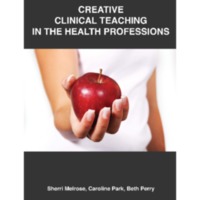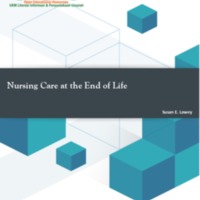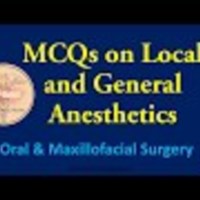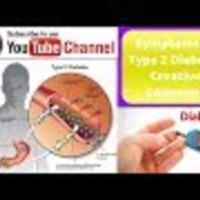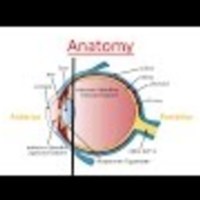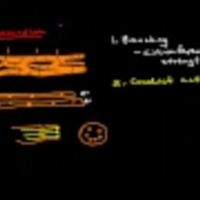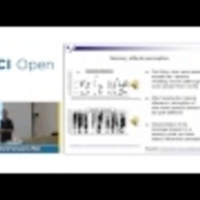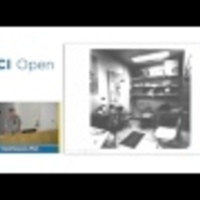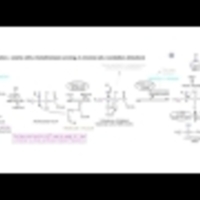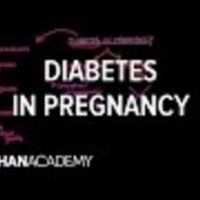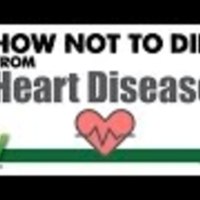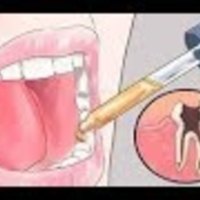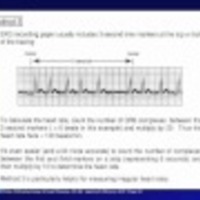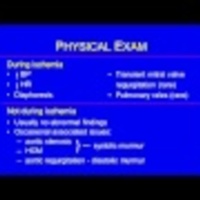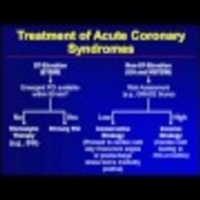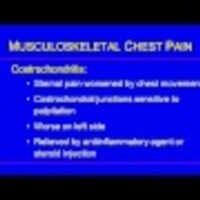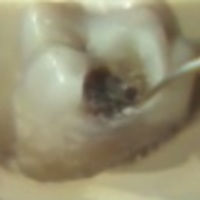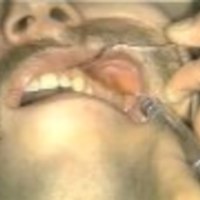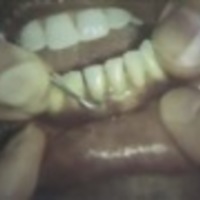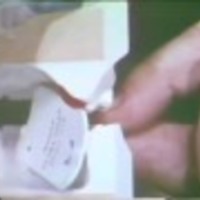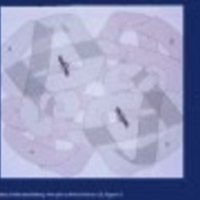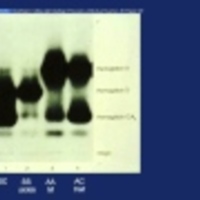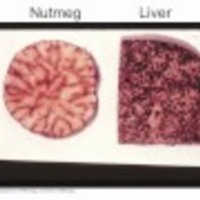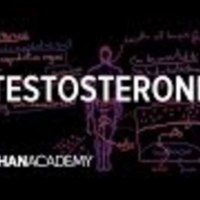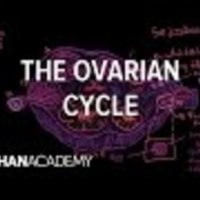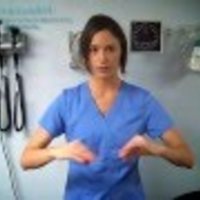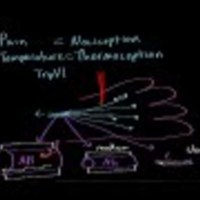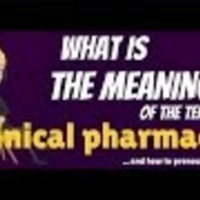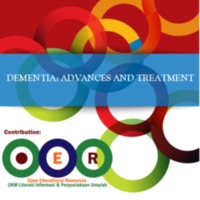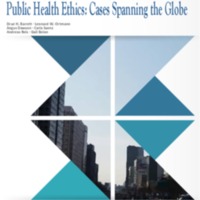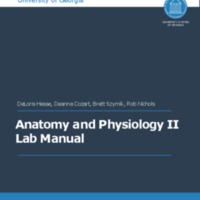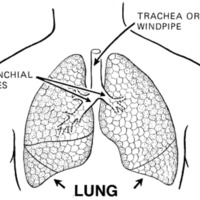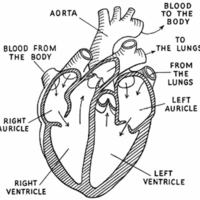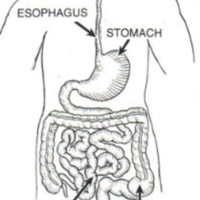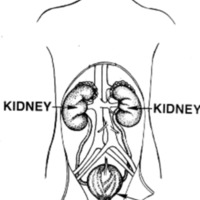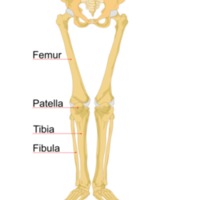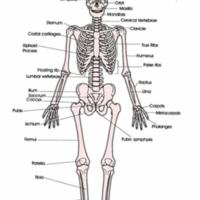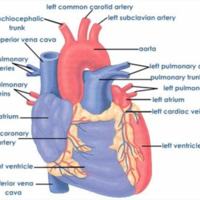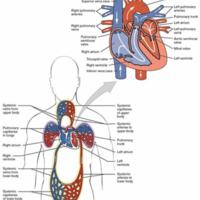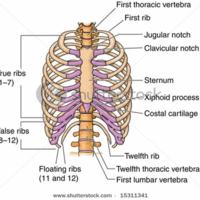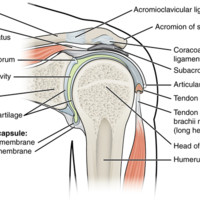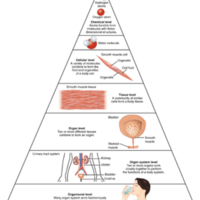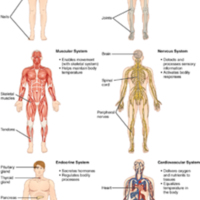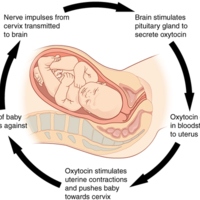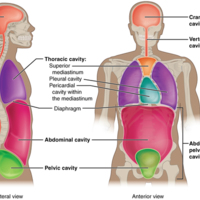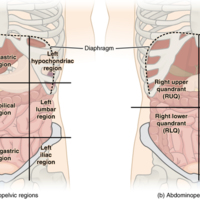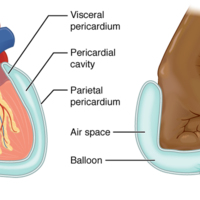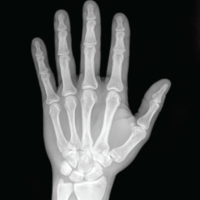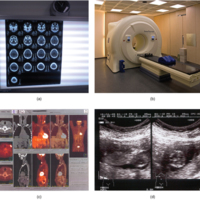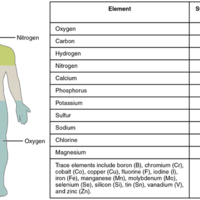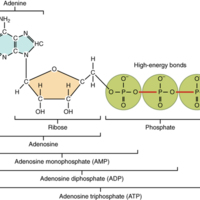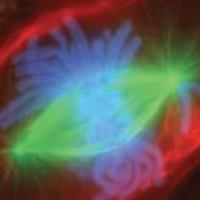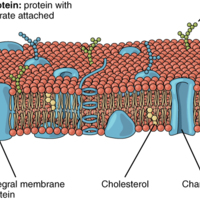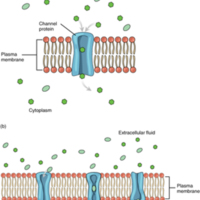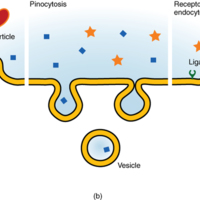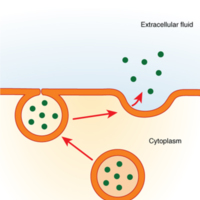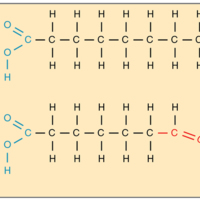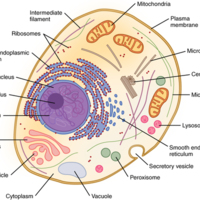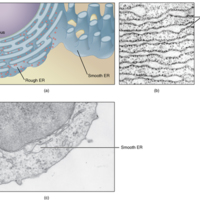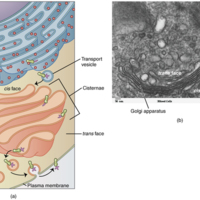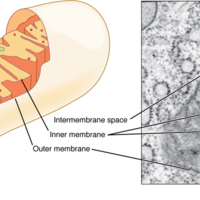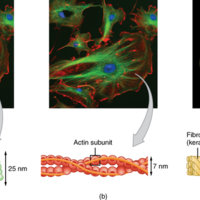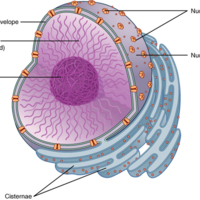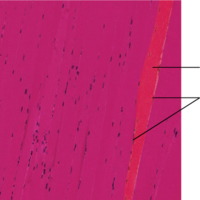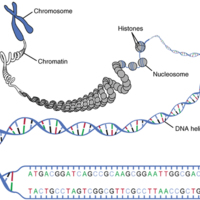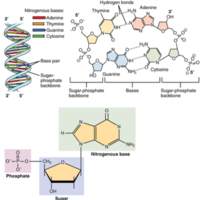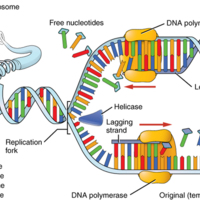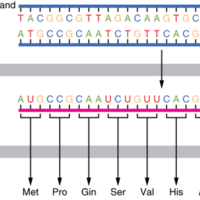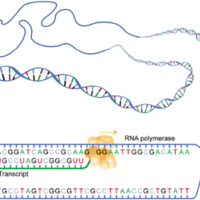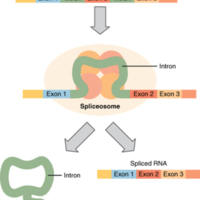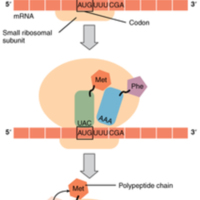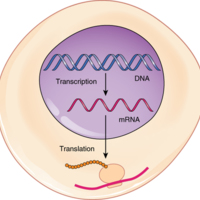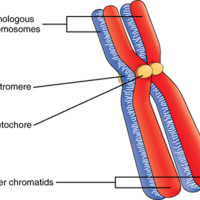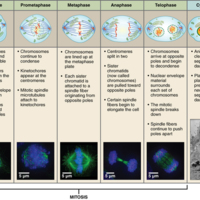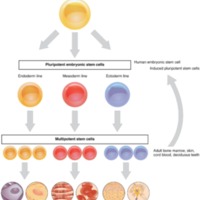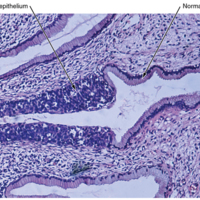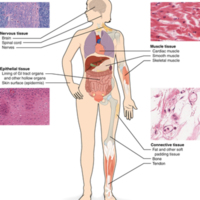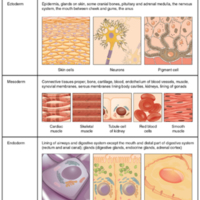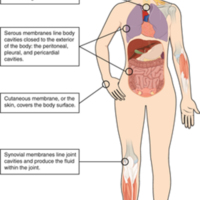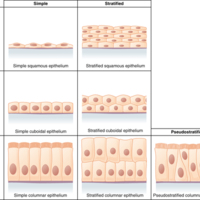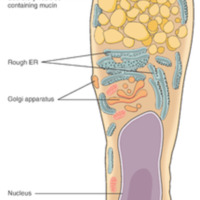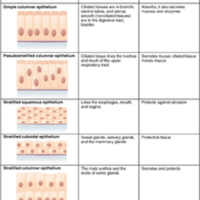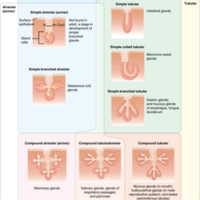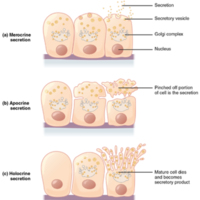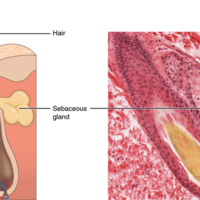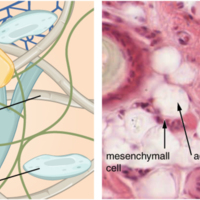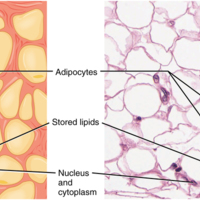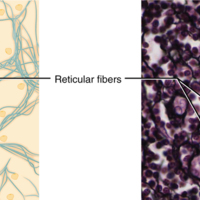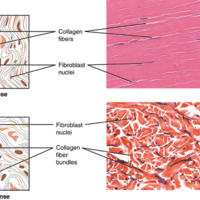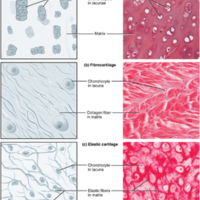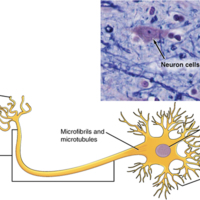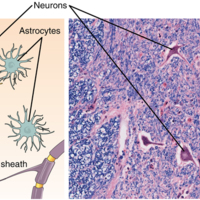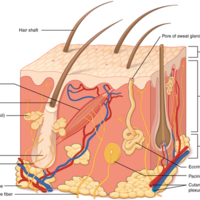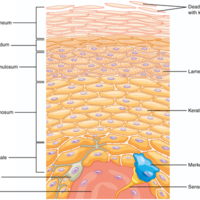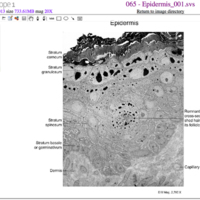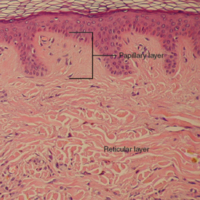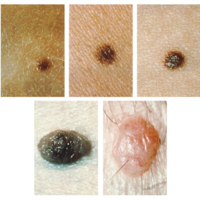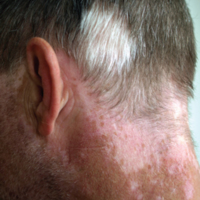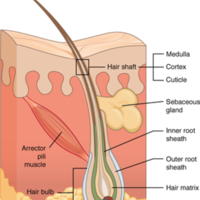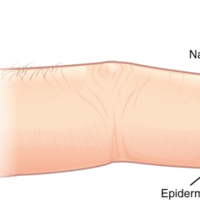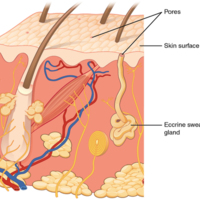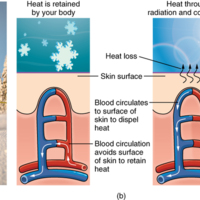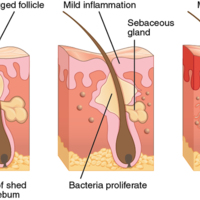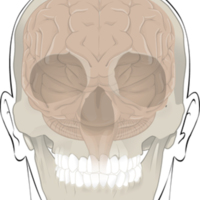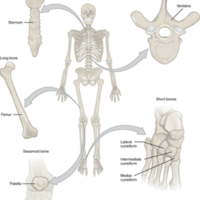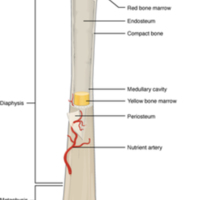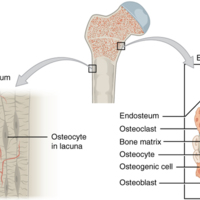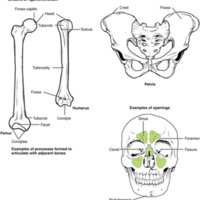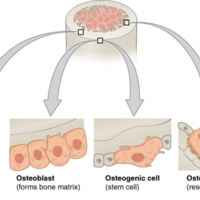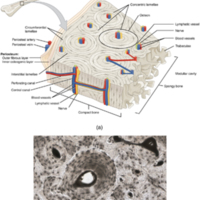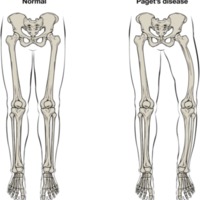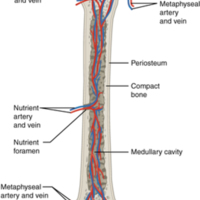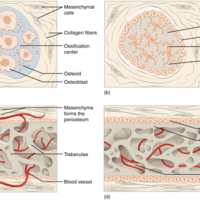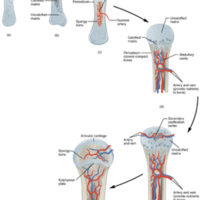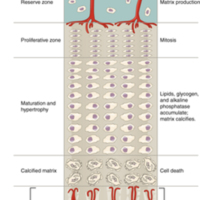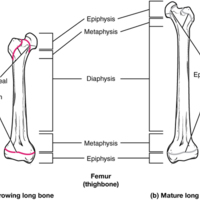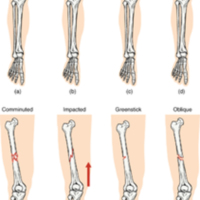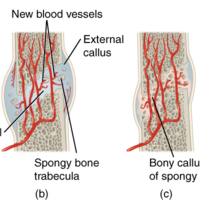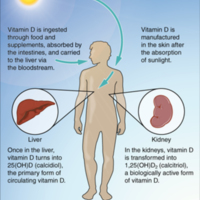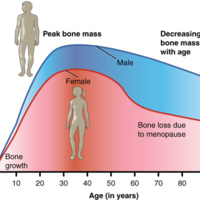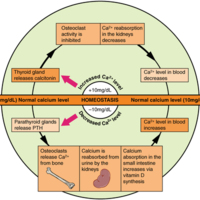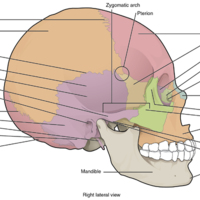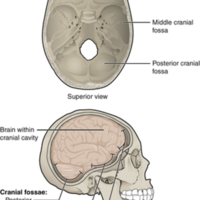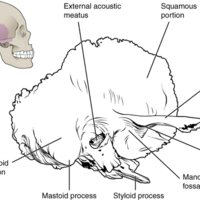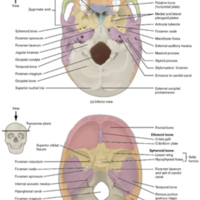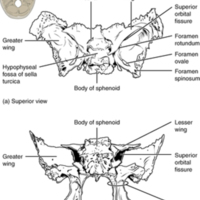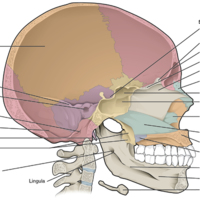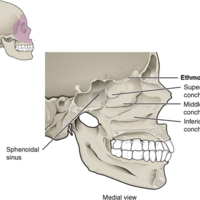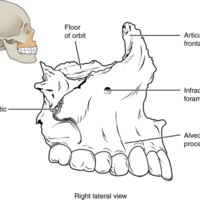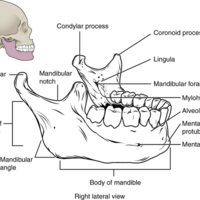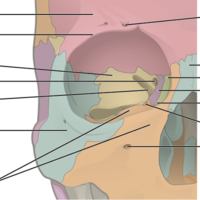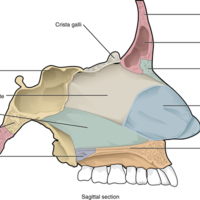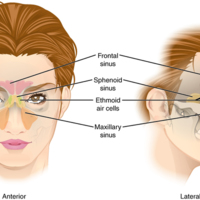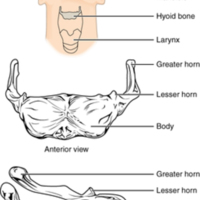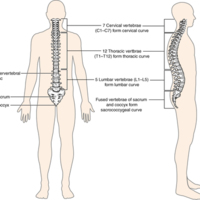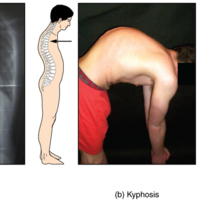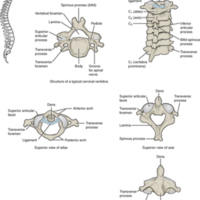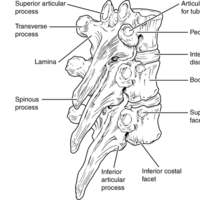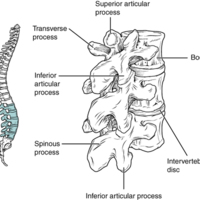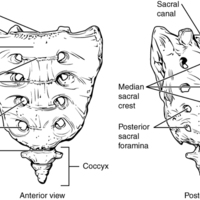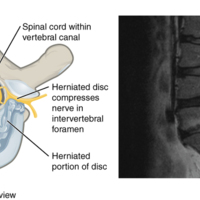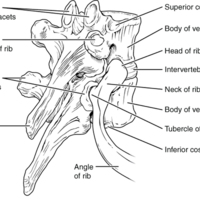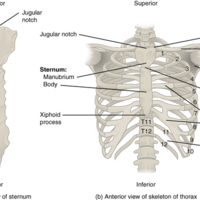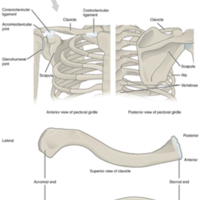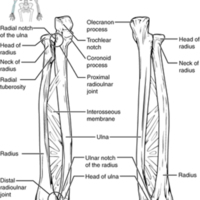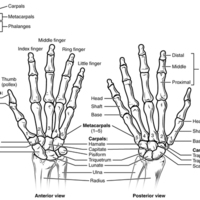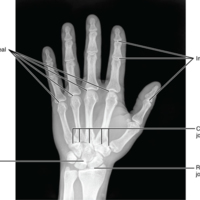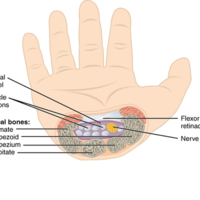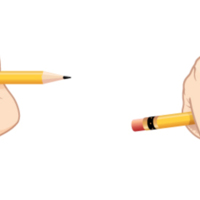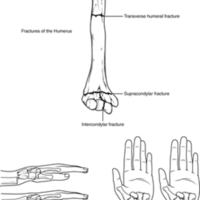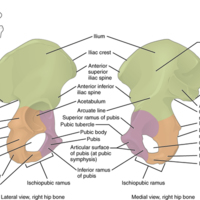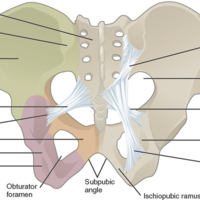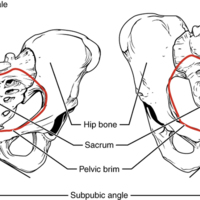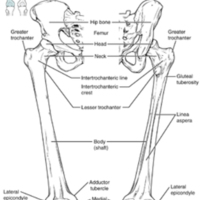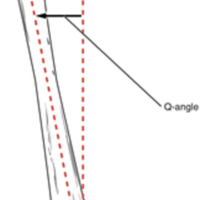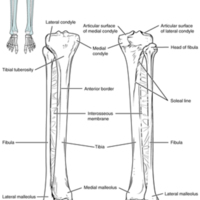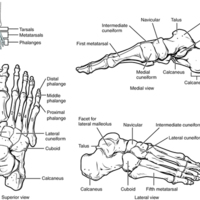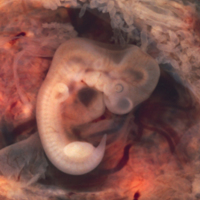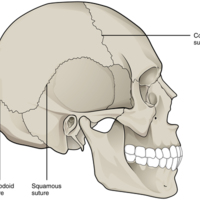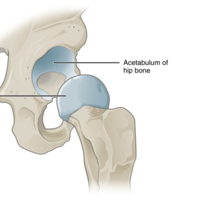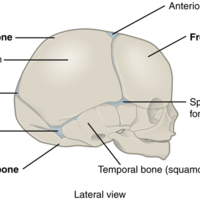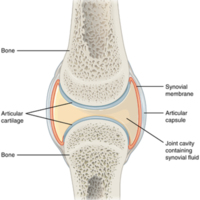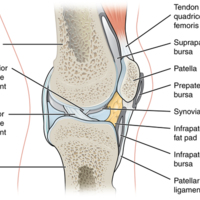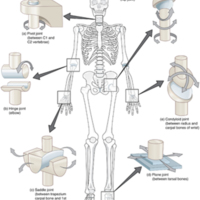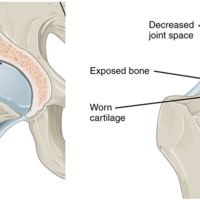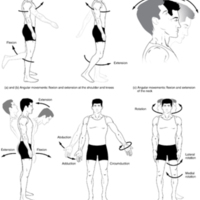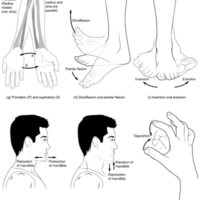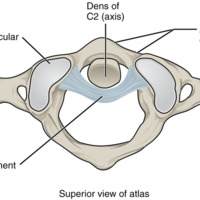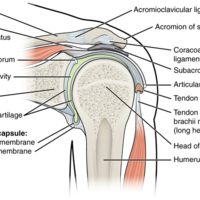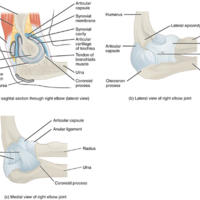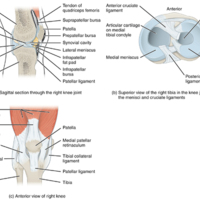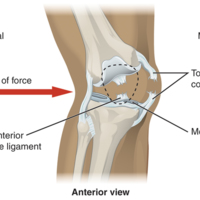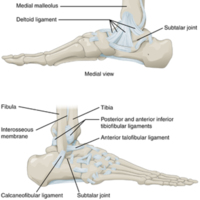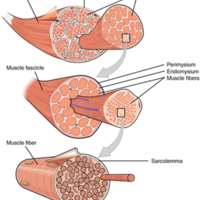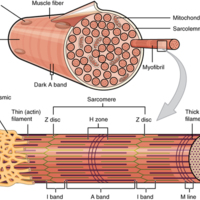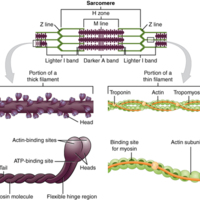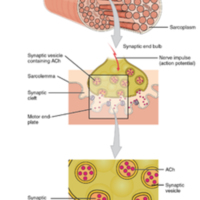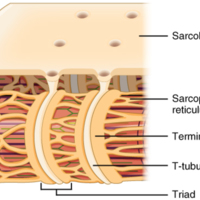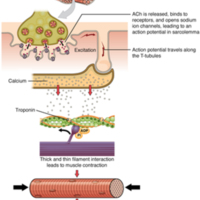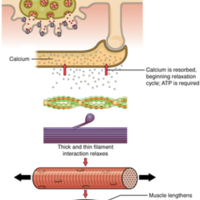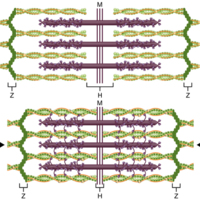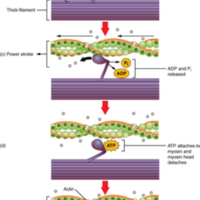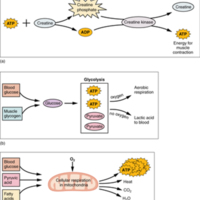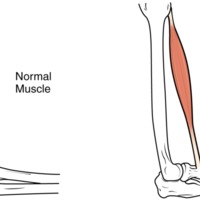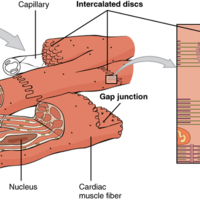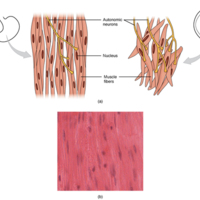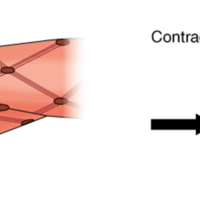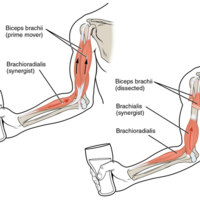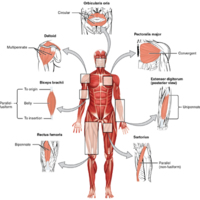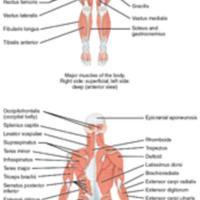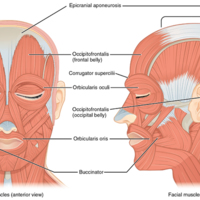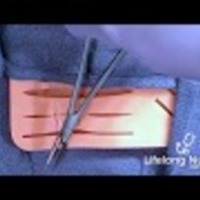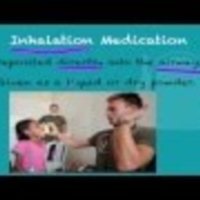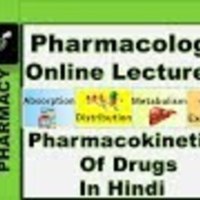Browse Items (263 total)
- Collection: 610 Medicine & Health
Coming Off Psychiatric Drugs: A Harm Reduction Approach to Medication Withdrawal | Will Hall
Tags: pharmaceutical, psychiatric drugs, psychosis
Human Anatomy and Physiology Preparatory Course
Tags: Human Anatomy, Physiology
UGA Anatomy and Physiology 1 Lab Manual
Introduction
Tissues
Integument
Introduction to the Skeleton
Axial Skeleton: Skull
Axial Skeleton: Vertebral
Appendicular Skeleton: Introduction and Pectoral Girdle
…
Restoring a tooth (Gold Crown) - Part 1
Restoring a tooth (Gold Crown) - Part 2
Restoring a tooth (Gold Crown) - Part 3
Food as Medicine: Preventing and Treating the Most Common Diseases with Diet
Tags: arthritis, cancer, cardiovascular disease, cardiovascular health, cholesterol, chronic diseases, dairy, dr greger live presentation, dr greger live talk, dr gregor, dr michael greger, dr. greger, exercise, food as medicine, Food as Medicine: Preventing and Treating the Most Common Diseases with Diet, healthiest diet, healthy diet, how not to die, hypertension, industry influence, michael greger, mortality, nutrition facts, NutritionFacts.org, plant-based diets, vegans, vegetarians
Breast Cancer Eliminated Using Keshe Technologies - Demo by Dr.Rodrigo Vildosola
Warning: The video contains graphic images of a medical…
Medical Virology
postgraduate students. These “Notes on Medical virology”, includes “what you really need to know”. The book comes in a new format, which places cases,…
Tags: Medical Virology
Introduction to Cancer Genomics
For tutorials and lecture slides for this…
Tags: Cancer Genomic, CBW
Literature Reviews for Education and Nursing Graduate Students
Tags: education, Literature Reviews, nursing
Introduction to Genetic Disorders
For tutorials and lecture slides for this…
Tags: CBW, Genetic Disorder, PhenoTips
Anatomy & Physiology
in mind: accessibility, customization, and student engagement—helping students reach high levels of academic…
Tags: anatomy, Anatomy & Physiology, Physiology
Diseases of Children in the Subtropics and Tropics
Introduction to Human Osteology
Malarial Subjects
Tags: Malarial, Medicine & Health
Creative Clinical Teaching In The Health Professions
Nursing Care at the End of Life: What Every Clinician Should Know
AP Environmental Science
Tags: Environmental, Pharmacy, Science
MCQs in Oral and Maxillofacial Surgery - Local and General Anesthetics
Practice these MCQs for MDS entrance preparation in AIIMS, COMEDK, AIPG, PGI, BHU, etc. Also useful for ADA, NBDE, NDEB and other dental board exams. Please Share and Subscribe to…
Tags: dental, Dental MCQs, Dentistry, Dentistry MCQs, lectures, MCQs in oral surgery, Pulse, Teeth
Symptoms of Type 2 Diabetes
https://youtu.be/d8fBlTgn1_U
This is always a surprising situation for most people around, who just go for regular
check up to the doctor and end up knowing that they are suffering from one of the…
Tags: creative, diabetes, diabetes ka ilaj, diabetes ka ilaj sugar ka nuskh, Symptoms Of Type 2 Diabetes, Symptoms Of Type 2 Diabetes Creative Commons, Symptoms Of Type 2 Diabetes explained, Symptoms Of Type 2 Diabetes in females, Symptoms Of Type 2 Diabetes in hindi, Symptoms Of Type 2 Diabetes in men, Treatment and management Of Type 2 Diabetes, Treatment Of Type 2 Diabetes, type, type 2 diabetes, Type 2 Diabetes Symptoms cure, Type 2 Diabetes Symptoms Treatment, up
Cataract Explained from A to Z
Category 5. ENT, ophthalmology, General Practice
This video by Hershko Sarah is licensed under the Creative Commons Attribution ShareAlike 4.0 International…
Introduction to The Anatomy of The Heart
Tags: Screencast-O-Matic.co
Ketogenesis, Diabetes, and Starvation
View the complete course: http://ocw.mit.edu/5-07SCF13
Instructor: John Essigmann
In this video, Professor Essigmann explores ketone bodies – what they are, how they are made, and how they are used in…
Diabetes in Pregnancy
Tags: YouTube Edito
How Not to Die from Heart Disease
Input by Sofia Nelly
Subscribe to Dr. Greger’s free nutrition newsletter at…
Tags: best diet for heart diseas, breast cancer, cancer, cardiovascular disease, cardiovascular health, dr gregor, Dr. Dean Ornish, dr. greger, Dr. Michael Greger, Dr. Michael Gregor, heart disease, heart health, how not to die, how not to die from heart disease, michael greger, nutrition facts, NutritionFacts.org, plant-based diets, standard American diet, women’s health
Hypotension
Tags: dictionary, english dictionary, english vocabulary, how to pronounce hypotension, how to pronounce words, hypotension, hypotension definition, hypotension dictionary, hypotension explanation, hypotension meaning, hypotension pronunciation, online dictionary, online vocabulary, vocabulary, what do words mean, what does hypotension mean, what does hypotension stand fo, what is hypotension, what is the definition of hypotension, what is the meaning of hypotension
12 All Natural Toothache
Nowadays, modern medicine has its own solutions, but there still several natural toothache remedies that people use just to avoid the…
Tags: 12 ALL NATURAL TOOTHACHE REMEDIES YOUR DENTIST DOESN’T WANT YOU TO KNOW ABOUT, bleeding, causes, cavity, cure, get, get rid of toothache, gums, home remedies, home remedies toothache, home remedy, home remedy for toothache, how, kill nerve, kill@nerve, natural remedies, nerve, of, pain, pain relief, remedies, rid, swelling, to, tooth, tooth ache, tooth pain, toothache, toothache home remedies, toothache treatmen, top10homeremedies, treatment, wisdom tooth
The Normal Electrocardiogram
View the course…
Removal of Carious Lesion
This is part of the Open.Michigan collection at:…
Tags: cavity, Preparatio
Local Anesthetic Injection Techniques
This is part of the Open.Michigan collection at:
http://open.umich.edu/education
Tags: Anesthesi
Scaling and Root Planing: Part II Mandibular Teeth
This is part of the Open.Michigan collection at:
http://open.umich.edu/education
Tags: Dentistry, Historical, Periodontic, Surgical, Techniques
Surgical Excision of a Multi-Lobular, Recurrent, Bartholin Duct Cyst
Tags: Bartholin duct, cyst, gynecology, surgery
Circulatory Derangements I
View the course…
Tags: Circulatory, Derangements, educational, health, lectur
Circulatory Derangements II
View the course…
Tags: Circulatory, Derangements, educational, health, II, lectur
Testosterone
Watch the next lesson: https://www.khanacademy.org/test-prep/nclex-rn/rn-reproductive-system-physiology/rn-reproductive-system/v/basics-of-egg-development?utm_source=YT&utm_medium=Desc&utm_campaign=Nclex-rn
Missed the…
The Ovarian Cycle
Watch the next lesson: https://www.khanacademy.org/test-prep/nclex-rn/rn-reproductive-system-physiology/rn-reproductive-system/v/meet-the-placenta?utm_source=YT&utm_medium=Desc&utm_campaign=Nclex-rn
Missed the…
Reproductive system physiology
Watch the next lesson:…
How to Remove Surgical Staples :)
Hi Guys!
Thank you so much for watching this channel :)
Here is just a quick & simple nursing skill, that I really hope you enjoy!
I appreciate all of your comments, likes & shares so much!!
Really looking forward to growing…
Tags: channel for nurses, channel for nursing students, how to remove staples after surgery, how to remove surgery staples, nurs, nurse, nursing, nursing skills, nursing students, rn studen, staple surgery, staples after surgery, staples for surgery, staples from surgery, staples in surgery, staples surgical, staples used for surgery, student nurse, student rn, surgery staples, surgical staple, surgical stapling, what nurses do, when to remove staples after surgery
Pain Temperature
BY : UPT Perpustakaan Universitas Syiah Kuala
UKM Literasi Unsyiah
Tags: pain, temperature
Clinical Pharmacy
Source: Wikipedia.org article, adapted under https://creativecommons.org/licenses/by-sa/3.0/ license.
Clinical pharmacy is the branch of pharmacy in which pharmacists provide patient care that optimizes the use of…
Tags: clinical pharmacy, clinical pharmacy definition, clinical pharmacy explanation, clinical pharmacy meaning, dictionary, english dictionary, english vocabulary, how to pronounce words, online dictionary, online vocabulary, vocabulary, what do words mean, what does clinical pharmacy mean, what does clinical pharmacy stand fo, what is clinical pharmacy, what is the definition of clinical pharmacy, what is the meaning of clinical pharmacy
Care in Healthcare: Reflections on Theory and Practice
Tags: Care, Healthcare, Medicine
Field Trials of Health Interventions: A Toolbox
Before new interventions are released into disease control programmes, it is essential that they are carefully evaluated in `field trials'. These may be complex and expensive undertakings, requiring the follow-up of hundreds, or…
Public Health Ethics: Cases Spanning the Globe
Tags: Medicine & Health, Public Health
UGA Anatomy and Physiology 2 Lab Manual
Blood Composition
Blood Typing
Heart Anatomy
Cardiovascular Physiology
Systemic Blood Vessels
Anatomy of the Respiratory System
Physiology of the Respiratory System
…
Respiratory System
Tags: Human Anatomy, respiratory system
Circulatory System
Tags: Circulatory System, Human Anatomy
Digestive System
The beginning of the digestive system is the mouth and teeth. Food that we eat has to be broken down into nutrients that cells in…
Tags: Digestive System, Human Anatomy
Excretory System
Unabsorbed food goes to the large intestine. The liver also filters out solid particles of waste from…
Tags: Excretory System, Human Anatomy
The Human Skeleton
Our vital organs in our body are protected by our skeleton. More specifically our brain which is protected by what is called the skull and our heart and lungs are protected by our rib…
Tags: Human Anatomy, Human Skeleton
Cardio
1) Jog. You can do this outside on a treadmill or however you like.
2) Jump Rope routine 1
3) 10 Minute Jump Rope routine
4) Exercise Bikes
5) Sports Playing
Tags: Cardio, Human Anatomy
Chambers and Circulation through the Heart
Tags: Chambers, Circulation, Heart
Shoulder Joint
Tags: Human Anatomy, Shoulder Joint
Levels of Structural Organization of the Human Body
Positive Feedback Loop
Regions and Quadrants of the Peritoneal Cavity
Tags: Peritoneal Cavity, Quadrants, Regions
Serous Membrane
Tags: Human Anatomy, Serous Membrane
X-Ray of a Hand
Tags: Medicine & Health, X-Ray
Medical Imaging Techniques
Elements of the Human Body
Tags: anatomy, Elements, Human Body
Adenosine Triphosphate
Tags: Adenosine Triphosphate, anatomy, Chemistry
Cell Membrane
Tags: anatomy, Cell Membrane
Simple Diffusion across the Cell (Plasma) Membrane
Tags: Cell (Plasma) Membrane
Facilitated Diffusion
Tags: anatomy, Facilitated Diffusion
Sodium-Potassium Pump
Tags: anatomy, Sodium-Potassium Pump
Three Forms of Endocytosis
Tags: anatomy, Endocytosis, Three Forms
Exocytosis
Tags: anatomy, Exocytosis
Prototypical Human Cell
Tags: anatomy, Human Cell, Prototypical
Endoplasmic Reticulum (ER)
Golgi Apparatus
Tags: anatomy, Golgi Apparatus
Mitochondrion
Tags: anatomy, Mitochondrion
The Three Components of the Cytoskeleton
Tags: anatomy, Cytoskeleton
Multinucleate Muscle Cell
Tags: Anatomy & Physiology, Muscle Cell
DNA Macrostructure
Tags: Anatomy & Physiology, DNA
Molecular Structure of DNA
Tags: Anatomy & Physiology, DNA
DNA Replication
The Genetic Code
Tags: Anatomy & Physiology, Genetic, Genetic Code
Transcription: from DNA to mRNA
Splicing DNA
Tags: Anatomy & Physiology, DNA
Translation from RNA to Protein
From DNA to Protein: Transcription through Translation
A Homologous Pair of Chromosomes with their Attached Sister Chromatids
Cell Division: Mitosis
Tags: anatomy, Cell Division, Mitosis
Hematopoiesis
Tags: Hematopoiesis
Stem Cells
Tags: Anatomy & Physiology, Stem Cells
Micrograph of Cervical Tissue
Four Types of Tissue: Body
Tags: Anatomy & Physiology, Body, Types of Tissue
Embryonic Origin of Tissues
Tags: Anatomy & Physiology, Embryonic, Tissues
Tissue Membranes
Types of Cell Junctions
Cells of Epithelial Tissue
Goblet Cell
Tags: Anatomy & Physiology, Cell, Goblet Cell
Summary of Epithelial Tissue Cells
Modes of Glandular Secretion
Sebaceous Glands
Connective Tissue Proper
Tags: Anatomy & Physiology, Tissue
Adipose Tissue
Reticular Tissue
Dense Connective Tissue
Types of Cartilage
The Neuron
Tags: Anatomy and Physiology, Neuron
Nervous Tissue
Tags: Anatomy & Physiology, Nervous Tissue, Tissue
Layers of Skin
Layers of the Epidermis
Cells of the Epidermis
Layers of the Dermis
Skin Pigmentation
Moles
Tags: Anatomy & Physiology, Moles
Vitiligo
Tags: Anatomy & Physiology, Vitiligo
Hair
Tags: Anatomy & Physiology, Body, Hair
Nails
Tags: Anatomy & Physiology, Body, Nails
Eccrine Gland
Thermoregulation
Acne
Tags: Acne, Anatomy & Physiology
Bones Protect Brain
Anatomy of a Long Bone
Periosteum and Endosteum
Tags: Anatomy & Physiology, Endosteum, Periosteum
Anatomy of a Flat Bone
Bone Features
Bone Cells
Tags: Anatomy & Physiology, Bone Cells
Diagram of Compact Bone
Diagram of Spongy Bone
Paget's Disease
Diagram of Blood and Nerve Supply to Bone
Intramembranous Ossification
Endochondral Ossification
Longitudinal Bone Growth
Progression from Epiphyseal Plate to Epiphyseal Line
Types of Fractures
Tags: Anatomy & Physiology, Body, Fractures
Stages in Fracture Repair
Tags: Anatomy & Physiology, Body, Fracture
Graph Showing Relationship Between Age and Bone Mass
Tags: Age, Anatomy & Physiology, Bone Mass
Pathways in Calcium Homeostasis
Axial and Appendicular Skeleton
Parts of the Skull
Tags: Anatomy & Physiology, Skull
Anterior View of Skull
Tags: Anatomy & Physiology, Skull
Lateral View of Skull
Tags: Anatomy & Physiology, Skull
Cranial Fossae
Temporal Bone
External and Internal Views of Base of Skull
Tags: Anatomy & Physiology, Skull
Posterior View of Skull
Tags: Anatomy & Physiology, Skull
Sphenoid Bone
Sagittal Section of Skull
Ethmoid Bone
Tags: Anatomy & Physiology, Ethmoid Bone
Lateral Wall of Nasal Cavity
Maxillary Bone
Bones of the Orbit
Tags: Anatomy & Physiology, Bones
Nasal Septum
Tags: Anatomy & Physiology, Nasal Septum
Paranasal Sinuses
Hyoid Bone
Tags: Anatomy & Physiology, Hyoid Bone
Vertebral Column
Abnormal Curvatures of the Vertebral Column
Osteoporosis
Tags: Anatomy & Physiology, Osteoporosis
Parts of a Typical Vertebra
Intervertebral Disc
Cervical Vertebrae
Thoracic Vertebrae
Lumbar Vertebrae
Sacrum and Coccyx
Tags: Anatomy & Physiology, Coccyx, Sacrum
Herniated Intervertebral Disc
Ligaments of Vertebral Column
Rib Articulation in Thoracic Vertebrae
Thoracic Cage
Newborn Skull
Pectoral Girdle
Scapula
Tags: Anatomy & Physiology, Scapula
Humerus and Elbow Joint
Tags: Anatomy & Physiology, Elbow Joint, Humerus
Ulna and Radius
Tags: Anatomy & Physiology, Radius, Ulna
Bones of the Wrist and Hand
Tags: Anatomy & Physiology, Bones, Hand, Wrist
Bones of the Hand
Tags: Anatomy & Physiology, Bones, Hand
Carpal Tunnel
Hand During Gripping
Tags: Anatomy & Physiology, Hand
Fractures of the Humerus and Radius
Tags: Anatomy & Physiology, Fractures, Humerus, Radius
Pelvis
Tags: Anatomy & Physiology, Pelvis
The Hip Bone
Tags: Anatomy & Physiology, Hip Bone
Ligaments of the Pelvis
Tags: Anatomy & Physiology, Ligaments, Pelvis
Male and Female Pelvis
Femur and Patella
Tags: Anatomy & Physiology, Femur, Patella
The Q-Angle
Tags: Anatomy & Physiology, Q-Angle
Tibia and Fibula
Tags: Anatomy & Physiology, Fibula, Tibia
Bones of the Foot
Tags: Anatomy & Physiology, Bones, Foot
Embryo at Seven Weeks
Tags: Anatomy & Physiology, Embryo, Seven Weeks
Clubfoot
This photograph shows a baby with a clubfoot.Clubfoot is a common deformity of the ankle and foot that is present at birth. Most cases are corrected without surgery, and affected individuals will grow up to lead normal, active lives.…
Tags: Anatomy & Physiology, Clubfoot
Suture Joints of Skull
Tags: Anatomy & Physiology, Skull
Multiaxial Joint
Fibrous Joints
The Newborn Skull
Synovial Joints
Bursae
Tags: Anatomy & Physiology, Bursae
Types of Synovial Joints
Osteoarthritis
Movements of the Body, Part 1
Tags: Anatomy & Physiology, Body, Movements
Movements of the Body, Part 2
Tags: Anatomy & Physiology, Body, Movement
Atlantoaxial Joint
Temporomandibular Joint
Glenohumeral Joint
Elbow Joint
Tags: Anatomy & Physiology, Elbow Joint
Hip Joint
Tags: Anatomy & Physiology, Hip Joint
Knee Joint
Tags: Anatomy & Physiology, Knee Joint
Knee Injury
Tags: Anatomy & Physiology, Knee Injury
Ankle Joint
Tags: Anatomy & Physiology, Ankle Joint
The Three Types of Muscle Tissue
The Three Connective Tissue Layers
Muscle Fiber
Tags: Anatomy & Physiology, Muscle Fiber
The Sarcomere
Tags: Anatomy & Physiology, Sarcomere
Motor End-Plate and Innervation
The T-tubule
Tags: Anatomy & Physiology, biology, T-tubule
Contraction of a Muscle Fiber
Relaxation of a Muscle Fiber
The Sliding Filament Model of Muscle Contraction
Skeletal Muscle Contraction
Muscle Metabolism
Types of Muscle Contractions
Atrophy
Tags: Anatomy & Physiology, Atrophy, biology, Human Anatomy
Cardiac Muscle
Smooth Muscle Tissue
Muscle Contraction
Motor Units
Prime Movers and Synergists
Muscle Shapes and Fiber Alignment
Overview of the Muscular System
Muscles of Facial Expression
The Nose and its Adjacent Structures
Basic Suturing: How to Suture
Drug Formulations
Pharmacokinetics/ADME Of Drugs | Pharmacology Online Lecture-1 | For Upcoming D.Pharm & B.Pharm Exam
Topic discussed in the…


